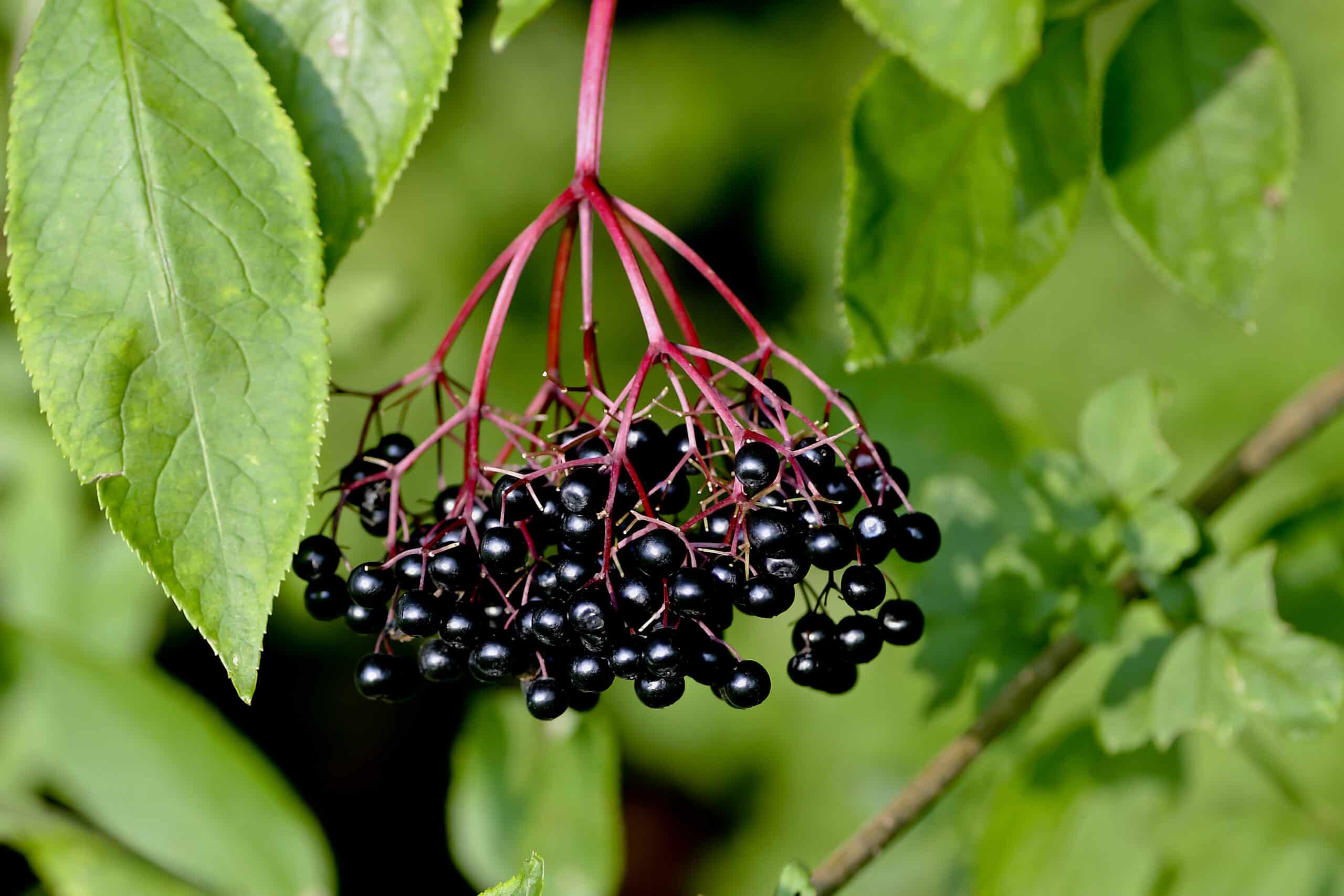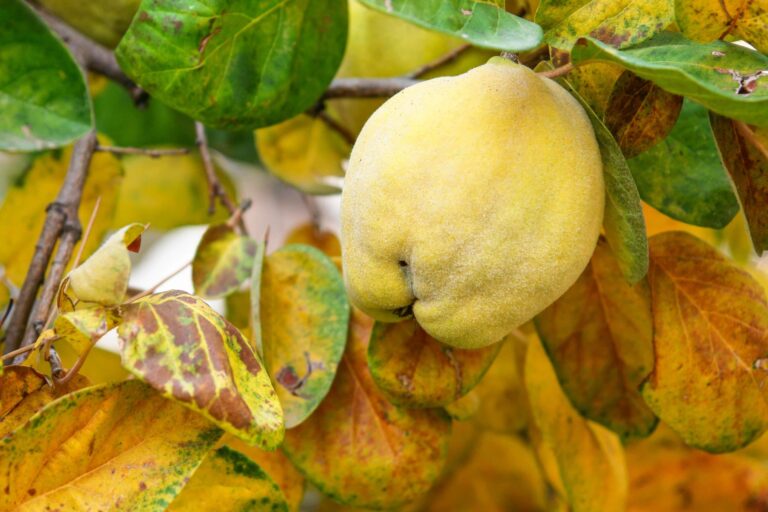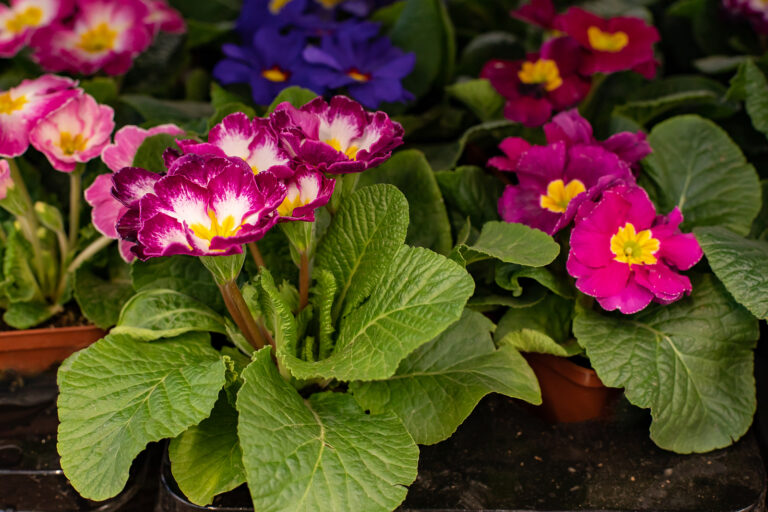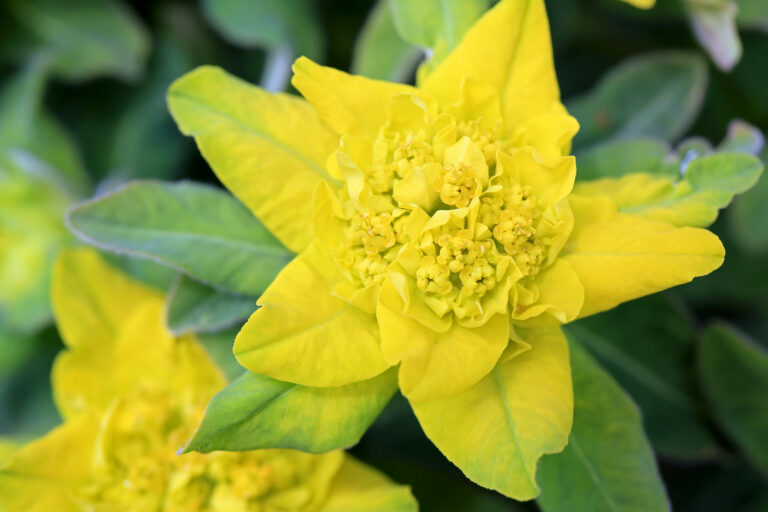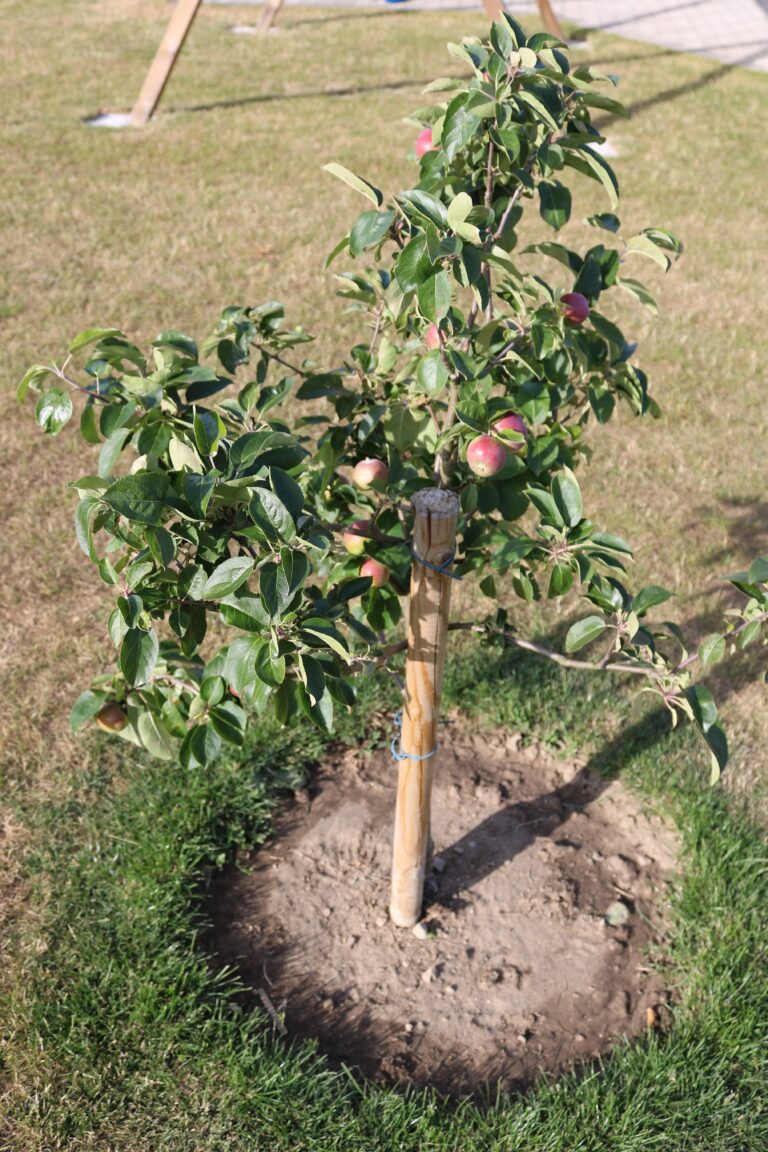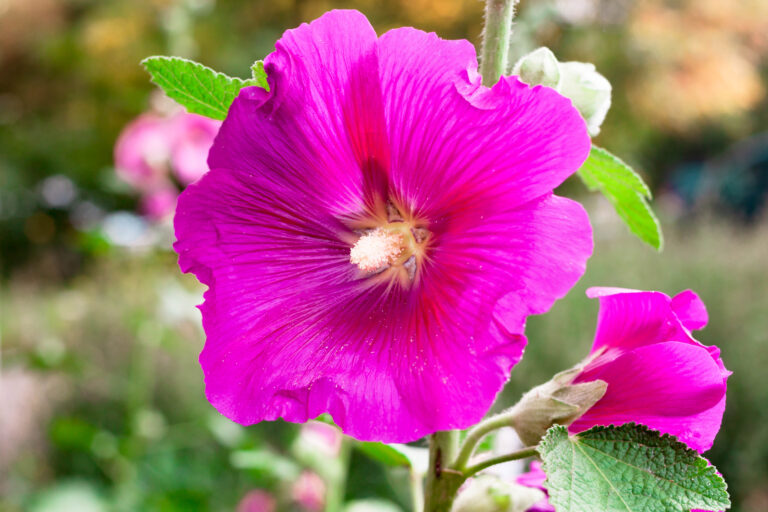How to Plant and Grow Elderberries
Elderberries are easily grown in home gardens.
The elderberry is a large shrub or small tree that bears large clusters of small white or cream-colored flowers in late spring; these are followed by clusters of small, smooth, round black or blue-black berries in late summer.
There are 200 species of elderberry growing around the world; some are edible some are not.
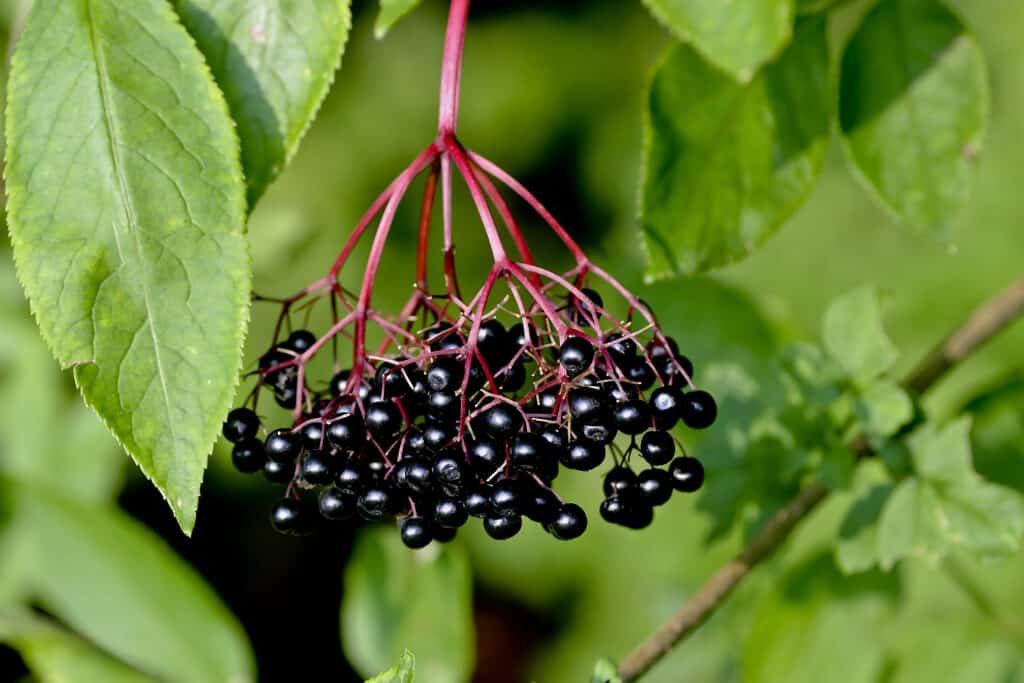
American and European elderberries are edible. They are mild-flavored. Some say elderberries taste like a combination of grape, raspberry, and blackberry.
Elderberries taste best when cooked with sweeter fruits or fruits that are more acidic than elderberry. Elderberries can be used in tarts, pies, and other desserts or processed into jelly, juice, or wine.
Elderberries can be used as a substitute for blueberries in many recipes.
Here is your complete guide for growing elderberries.
Best climate and site for growing elderberries
- Elderberries grow in USDA Zones 2 to 9. Elderberry is one of the hardiest fruits.
- Plant elderberries in full sun or partial shade. Elderberries do not grow well in hot dry weather.
- Grow elderberries in compost-rich, well-drained soil.
- Elderberries prefer a soil pH of 6 to 7.
Choosing the right elderberry plant
There are more than 100 elderberry varieties. Some are edible and some are poisonous. Choose elderberries carefully. Here are edible varieties:
American elder
American elder (Sambucus canadensis): native throughout most of the United States and Canada; this plant grows 6 to 12 feet tall; there are several improved edible varieties; they include: ‘Adams2’ (productive cultivar, disease-resistant), ‘Johns’ (flavorful berries—pollinator for ‘Adams’), ‘Kent’, ‘Nova’, ‘York’. This plant is native to many regions of the United States.
European elderberry
European elderberry ( nigra): this variety grows almost tree-like and requires plenty of space; it grows 10 to 30 feet tall; use berries for preserves and baking; grows in Zones 5 to 8.
Blue elderberry
Blue elderberry (caerulea): blue or purple berries can be made into elderberry wine, jam, syrup, and pies; flower clusters can be dipped in batter and fried; petals can be eaten raw or made into a fragrant and tasty tea.
Elderberry pollination
- Elderberries are self-unfruitful, however, for the best fruit set and yield, plant at least two different varieties together.
Spacing elderberries
- Elderberries grow 5 to 10 feet tall and 3 to 6 feet wide. Space plants at least 6 feet apart.
Planting elderberries
- Plant bare-root or container-grown elderberries in fall or spring. Do not plant if the ground is frozen or waterlogged.
- Plant elderberries in a sheltered location, out of strong winds.
- If the soil is neutral or naturally alkaline; consider planting elderberries in a raised bed rich in acidic soil.
- Water the young plant’s roots thoroughly before you transplant.
- Prepare a hole half again as deep as the root ball of the transplant and twice as wide. Moisten the hole.
- Add a cup of bone meal or slow-release organic fertilizer to the bottom of the hole. Cover fertilizer with a thin layer of soil.
- Massage the root ball to separate the roots before setting the plant in the hole.
- Set the plant in the hole so that the soil around the crown of the transplant is level with the surrounding soil.
- Firm in the soil around the transplanted root ball ensuring there are no air pockets among the roots. Make sure the crown of the plant is not lower than the surrounding soil.
- Create a basin around the newly planted plant to hold water during irrigation. The basin should be about a foot away from the stem of the plant in all directions.
- Water the newly planted plant with compost tea or a weak solution of fish emulsion.
- After planting apply 3 to 5 inches of aged compost or organic mulch—composted sawdust, leafmold, or pine bark–around each plant. This will keep the soil evenly moist and protect shallow roots from temperature changes.
Container growing elderberries
- Elderberries can be grown in containers. Chose a container at least 24 inches wide and deep. Repot in later years if the plant outgrows the container.
- Plant elderberries in an organic potting mix formulated for blueberries or other acid-loving plants.
- Container-grown elderberries can be potted up at any time during the growing season; spring is the best time. Avoid repotting in hot, dry weather.
- Feed container-grown elderberries with an acidic fertilizer or seed meal fertilizer; do not overfertilize. Use a lime-free general fertilizer in spring.
- Mulch the surface of potted elderberries with acidic, organic materials such as aged compost or commercial organic planting mix.
- Never let potted elderberries dry out and do not let the container sit in water.
- In hot summer regions, place containers growing elderberries in partial shade.
- Repot plants every few years during the dormant season.

Elderberry care, feeding, and watering
- Keep the soil evenly moist; consistent even moisture will ensure the largest berries.
- Feed elderberries with a balanced organic fertilizer such as 5-5-5.
- Mulch around plants with aged compost or aged manure each spring.
- Protect plants from birds with netting.
- Elderberries demand constant moisture and excellent drainage.
- Apply a thick mulch to the base of plants; this will keep down weeds, retain soil moisture, and keep the soil cool.
- Add organic mulch around elderberries at least once or twice a year.
- Feed plants no more than ¼ pound of nitrogen per year. Top dress plants with bloodmeal in spring.
- Avoid fertilizers that contain lime or calcium. (Do not use tomato or general vegetable fertilizers.)
- Spreading aged compost or a commercial organic planting mix around elderberries once or twice a year should provide the nutrients elderberries require.
Pruning elderberries
- Elderberries bear fruit on the tips of one-year-old shoots and the canes of two and three-year-old wood. Canes older than three years are less productive.
- After canes have borne fruit for three years, cut them back to the ground in winter after their last harvest.
- Prune out dead and broken canes. Leave at least 5 to 9 canes.
- Elderberries sucker profusely; remove suckers to keep plants from spreading and also to direct the plant’s energy to fruit-bearing canes.
Propagating elderberries
- Propagate elderberries by seed, softwood cuttings, or rooted suckers.
- Sucker can be dug up from the base of the plant and replanted.
- Take softwood cuttings in midsummer; select a healthy shoot that is 4 inches long; cut it above a leaf joint and insert the cutting in acidic potting mix; keep the potting mix just moist.
Elderberry pests, diseases, and problems
- Birds eat ripe elderberries; drape bird netting over plants.
- Borers are beetles that feed on foliage and fruit; the plant becomes weak; insert a stiff wire into a borer hole to kill borers inside.
- Mites feed on plant sap; leaves become mottled; spray with insecticidal soap or neem
- Powdery mildew is a fungal disease; a white powdery mildew forms on leaves; remove and destroy infected leaves; spray with a fungicide.
- Twig canker is a bacterial disease that causes small dark spots in leaves; branches die back. Cut infected wood off; cut back into the wood that is not diseased. Sterilize pruners.
Fall and winter elderberry care
- Once a plant reaches bearing age, prune in winter; remove all wood older than three years.
- Spread aged compost around plants in late autumn following harvest; winter rain and snow will carry nutrients down into the soil.
Harvesting and storing elderberries
- Elderberries bloom in early summer; small berries ripen in late summer and early fall.
- Harvest berries when they are fully colored, dark blue, or nearly black, and have a sweet aroma.
- Elderberries are very small. Pick whole clusters or use a dinner fork to strip berries from cluster stems.
- Store elderberries in a covered container in the refrigerator.
- Use elderberries in jams, jellies, and preserves, also in pies and tarts. Berries can be made into elderberry wine. Flowers are edible and can be made into tea.
Also of interest:
Related articles:
Planning the Home Fruit Garden
Garden Planning Books at Amazon:
- Vegetable Garden Almanac & Planner
- Kitchen Garden Grower’s Guide Vegetable Encyclopedia
- Vegetable Garden Grower’s Guide
- Tomato Grower’s Answer Book
More fruit-growing articles:
Learn how to plant, grow, prune, and harvest your favorite fruits. Click below for all you need to know.
- Apple
- Apricot
- Avocado
- Banana
- Blackberry
- Blueberry
- Cantaloupe
- Chayote
- Cherimoya
- Cherry
- Citrus
- Clementine
- Cranberry
- Currants
- Elderberry
- Feijoa
- Fig
- Gooseberry
- Grape
- Grapefruit
- Guava
- Kiwifruit
- Kumquat
- Lemon
- Lime
- Loquat
- Mandarin
- Mango
- Melon
- Mulberry
- Muskmelon
- Nectarine
- Olive
- Orange
- Papaya
- Passion Fruit
- Peach
- Pear
- Persimmon
- Pineapple
- Pineapple Guava
- Plantain
- Plum
- Pomegranate
- Pumpkin
- Quince
- Raspberry
- Strawberry
- Tangelo
- Tangerine
- Tangor
- Watermelon

